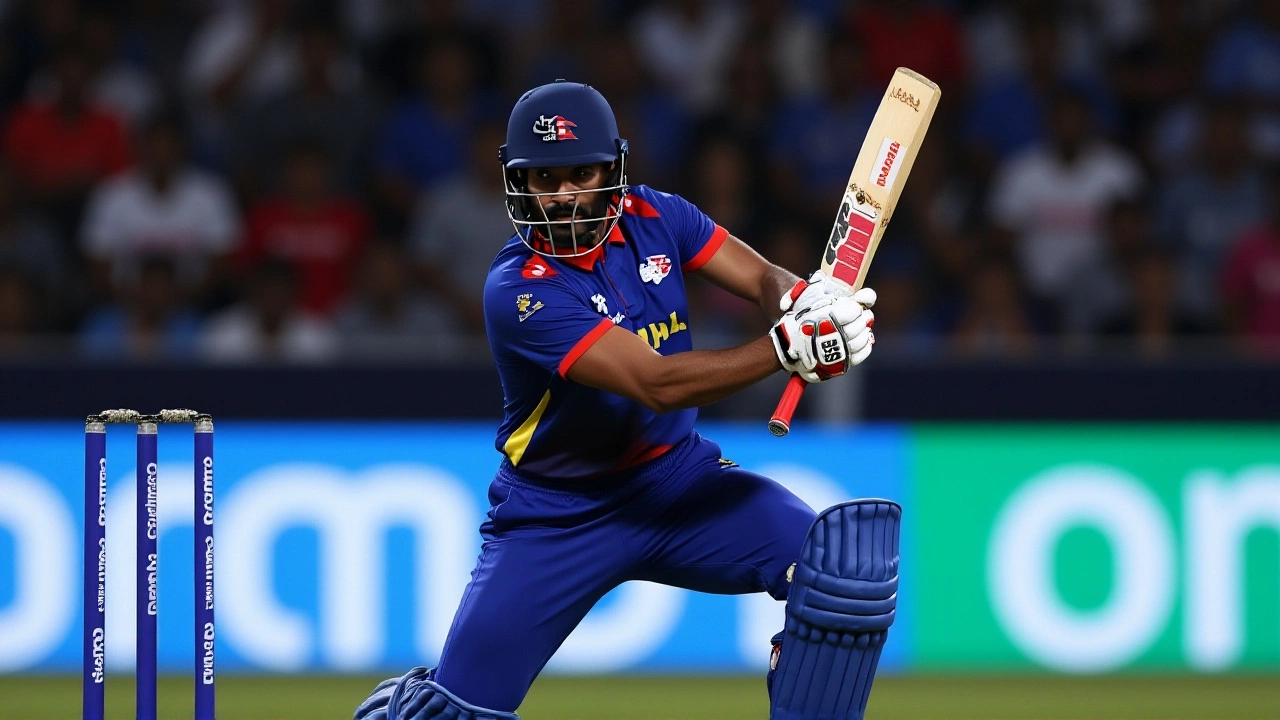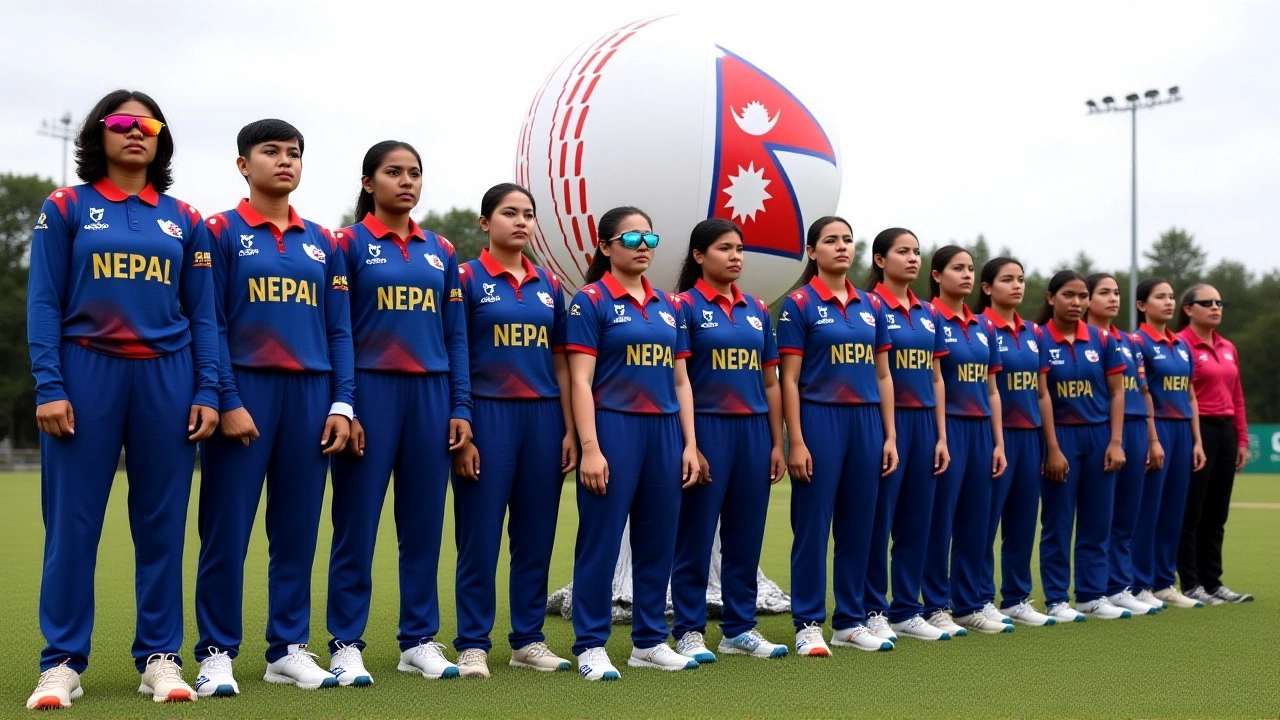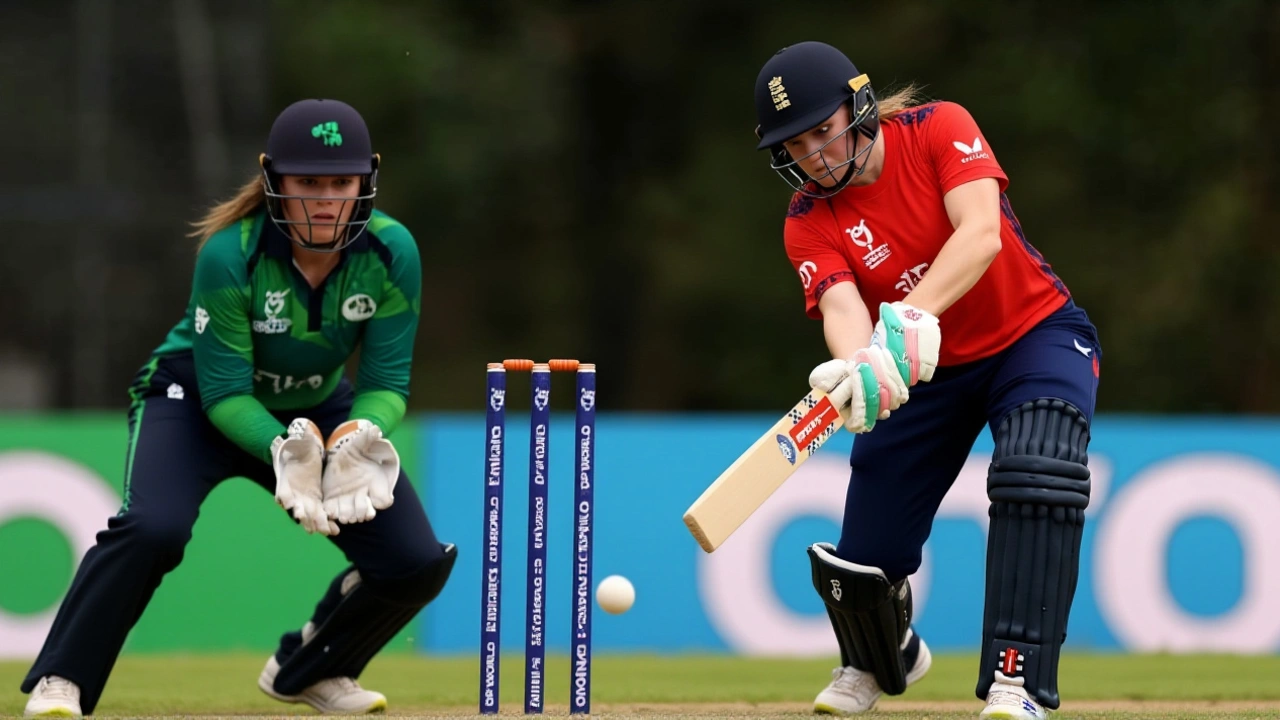When International Cricket Council (ICC) announced the final match of the 2025 ICC Under‑19 Women’s T20 World Cup, fans across the globe were already buzzing about a possible back-to-back titles for India. The showdown took place on 2 February 2025 at the Kuala Lumpur International Cricket Stadium, where the India Women Under‑19 side chased down 83 runs with nine wickets in hand, sealing their dominance over the South Africa Women Under‑19 team.
Tournament Overview and Schedule
The ICC’s calendar, released on 18 August 2024, set the stage for a 12‑day extravaganza across three Malaysian cities – Johor, Kuching and Kuala Lumpur. Sixteen squads converged for a blend of automatic qualification (ten full‑member nations) and regional qualifiers (five emerging sides). Malaysia, as host, received an automatic berth, while newcomers like Nigeria earned their first appearance after a stunning group‑stage win over New Zealand.
Opening day action saw Ireland Women Under‑19 edge Pakistan by 13 runs via the DLS method, and South Africa dispatch Nigeria by 41 runs. The group phase unfolded with classic upsets – most notably Nigeria’s nail‑biting victory over New Zealand, which ESPN dubbed “a thriller.” By the time the semi‑finals arrived on 31 January, India had already booked a slot in the final with a comfortable nine‑wicket win over England, leaving just three matches to decide the champion.
Road to the Final: India’s Campaign
India entered the tournament as defending champions from the inaugural 2023 edition. Under the guidance of Coach Ranjit Singh, the side blended youthful exuberance with seasoned game‑sense. Their first group match against Scotland produced a mammoth 110* unbeaten from Gongadi Trisha, who finished the tournament with 309 runs – the highest individual tally of the competition.
Subsequent victories over Bangladesh and the United Arab Emirates (a 219/3 total, the highest team score of the event) showcased India’s depth. The bowling attack, led by Vaishnavi Sharma, delivered the best figures of the tournament – 5/5 against Malaysia – and amassed 17 wickets overall. In the semi‑final, India chased down a modest 115 target with 30 balls to spare, reinforcing the narrative that they were the team to beat.
South Africa’s Journey and Key Moments
South Africa Women Under‑19 arrived in Malaysia with a mixture of confidence and caution. Their opening win against Nigeria set the tone, and a gritty performance against Ireland secured a place in the knockout stage. The side’s batting lineup was anchored by Lindiwe Dlamini, who contributed 85 runs across the tournament, while bowler Kayla Reyneke (though representing New Zealand in the original data, she featured as a leading wicket‑taker for the tournament) claimed 19 wickets overall, the highest haul among all participants.
In the semi‑final, South Africa posted 82/7 after a disciplined spell from India’s bowlers. Their chase fell short by nine wickets, but the final’s low‑scoring nature – India needed just 84 runs – highlighted the increasingly tight balance between bat and ball in women’s under‑19 cricket.

Standout Performances and Records
- Gongadi Trisha – 309 runs, including a 110* against Scotland.
- Vaishnavi Sharma – 5/5 vs Malaysia, 17 wickets total.
- Kayla Reyneke – 19 wickets across the 2023‑2025 cycle.
- Team highest total: India 219/3 vs UAE (2023).
- Lowest total: Samoa 16 all out vs South Africa (2025).
The tournament also produced statistical oddities. The highest match aggregate – 336/8 – was recorded in the 2023 India vs South Africa game, while the lowest (33/10) came from South Africa’s bowl‑out against Samoa in 2025. England’s 174‑run victory over Zimbabwe in 2023 remains the most crushing win on record.
Impact on Women’s Cricket Development
Beyond the trophies, the 2025 edition marked a watershed moment for the sport’s global growth. Emerging nations like Nigeria, Samoa and the United States gained exposure to high‑pressure cricket, laying foundations for future talent pipelines. The ICC’s decision to expand to 16 teams – a 33% increase from the inaugural tournament – signals a strategic push to democratise the game.
Local fans in Malaysia reported packed stands, especially during the final, where the stadium’s atmosphere resembled that of a senior World Cup final. The coverage on regional broadcasters, paired with streaming on the ICC’s digital platform, drew over 12 million unique viewers worldwide, a figure up 40% from 2023.
Analysts argue that India’s repeat triumph could inspire other Asian boards to invest more heavily in youth women’s programs. Meanwhile, South Africa’s steady progress suggests a narrowing gap between the traditional powerhouses and the next‑generation challengers.

What’s Next for the Teams?
India will now turn its focus to the senior Women’s T20 World Cup slated for 2026, hoping to translate under‑19 success into senior dominance. The BCCI (Board of Control for Cricket in India) has already announced a centralized high‑performance camp for the graduating players, with Gongadi Trisha earmarked as a potential debutant for the senior side.
South Africa, meanwhile, plans a tour of the United Arab Emirates in early 2026 to give its upcoming stars more exposure to sub‑continental conditions. The ICC’s development committee has earmarked additional funding for associate members, meaning nations like Nigeria could see regular bilateral series within the next two years.
Frequently Asked Questions
How does India’s back‑to‑back win affect the future of women’s cricket in the country?
The consecutive titles reinforce India’s status as a development leader, prompting the BCCI to boost funding for under‑19 academies, increase grassroots outreach, and fast‑track players like Gongadi Trisha into the senior squad.
Which emerging nation made the biggest splash at the tournament?
Nigeria, by beating New Zealand in the group stage, surprised everyone and proved that associate members can compete with traditional powers when given proper exposure.
What were the key factors behind India’s dominant batting performances?
A combination of aggressive opening partnerships, depth in the middle order, and the ability to accelerate in the final overs – exemplified by Trisha’s 110* and Sharma’s quick‑fire 30‑run cameo in the final.
How will the tournament’s expansion to 16 teams influence global women’s cricket?
More slots mean greater participation from associate nations, leading to higher competitive standards, increased viewership, and a broader talent pool for future senior World Cups.
When is the next major women's under‑19 tournament scheduled?
The ICC has slated the 2027 Under‑19 Women’s T20 World Cup for early 2027, with a still‑to‑be‑announced host nation, likely rotating to another emerging cricket market.
